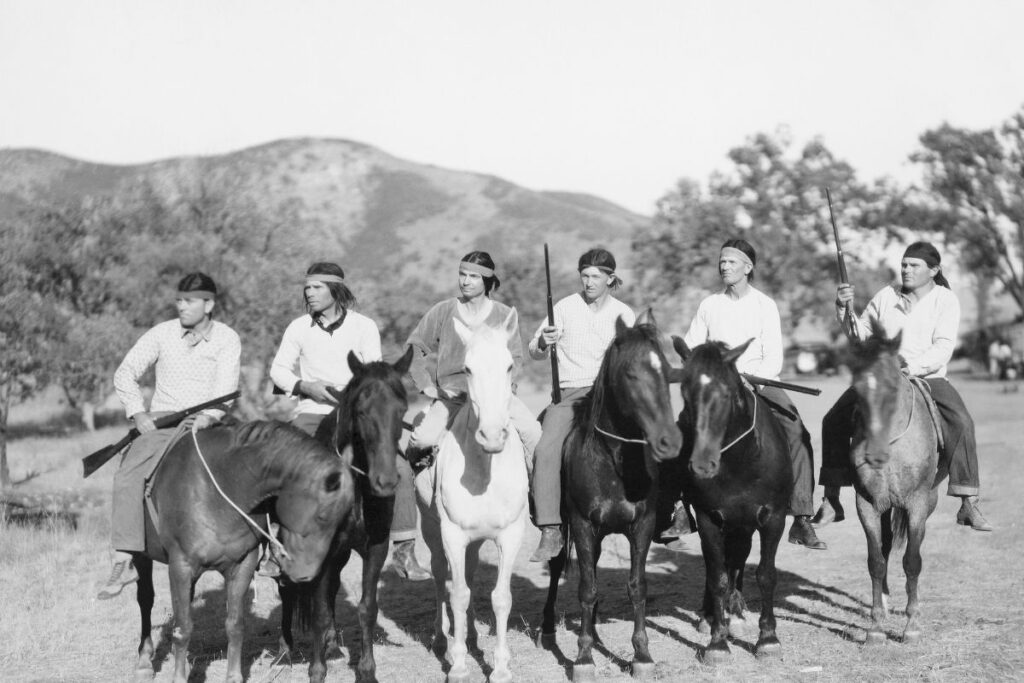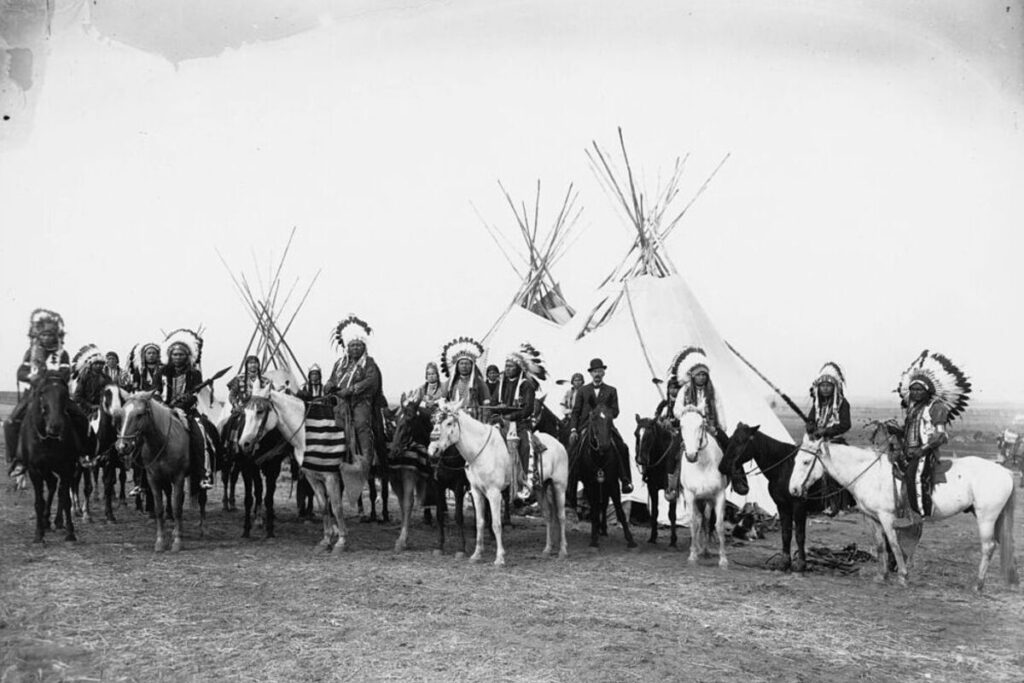
Before the arrival of European settlers, many Native American tribes had established effective methods to sustain their nomadic lifestyles despite limited access to traditional beasts of burden. While horses became a cornerstone for these cultures after European introduction, indigenous groups in North America primarily relied on dogs as their primary draft animals. This article explores the significance of dogs as essential pack animals for nomadic Native American tribes and how these tribes eventually adapted to incorporate horses into their cultures.
Dogs as Precursors to Horses

Dogs were the primary draft animals for Native Americans, especially on the northern Plains. As noted by historian Pekka Hämäläinen, Native Americans had culturally adapted to using dogs as beasts of burden long before they encountered horses. This experience with dogs made the transition to horses smoother, as horses became a larger, more versatile version of an already familiar concept.
Dog Breeds and Their Roles

Native Americans bred dogs specifically for strength, endurance, and temperament. These dogs varied in size, with some as large as northern wolves and others medium-sized, depending on the climate and geographical region. They were trained to pull sledges or travois, depending on the season, and were often described as hardy and resilient. Descriptions from explorers suggest the dogs were loyal to their communities and well-suited for both protection and transport.
Apache and Jumano Dog Pack Trains

Tribes such as the Jumanos and Apaches in the Southern High Plains used extensive pack trains of dogs for trade and travel. Early accounts, including those of Spanish explorers, describe these tribes employing hundreds of dogs to carry goods and belongings during migrations. These dogs were equipped with pack saddles and hauled materials like bison hides, tools, and personal belongings across vast distances.
Transition to Horse Cultures

With the introduction of horses by Europeans, Native Americans quickly recognized the advantages of these larger animals. Horses allowed tribes to travel further and carry more, fundamentally changing their lifestyles. By the 1600s, Spanish settlers in New Mexico were already contending with mounted Native American groups. Within a few decades, the knowledge of horsemanship had spread widely, with many tribes adopting horses and transitioning to the iconic “horse cultures” of the Plains.
Legacy of Dogs in Native Culture

Despite the shift to horses, pack dogs continued to serve as valuable assets, particularly for tribes that hadn’t yet fully adopted horse culture. Even into the nineteenth century, many Plains tribes utilized dogs due to their practicality and ease of care compared to horses. These early draft animals represent a rich history of adaptability and innovation within Native American nomadic cultures, underscoring their resilience and resourcefulness long before European contact.
Sources:
Reddit – r/AskHistorians subreddit – https://www.reddit.com/r/AskHistorians/comments/lhdn3h/did_nomadic_native_american_tribes_have_beasts_of/?rdt=37660
Stay connected with us for more stories like this! Follow us to get the latest updates or hit the Follow button at the top of this article, and let us know what you think by leaving your feedback below. We’d love to hear from you!







